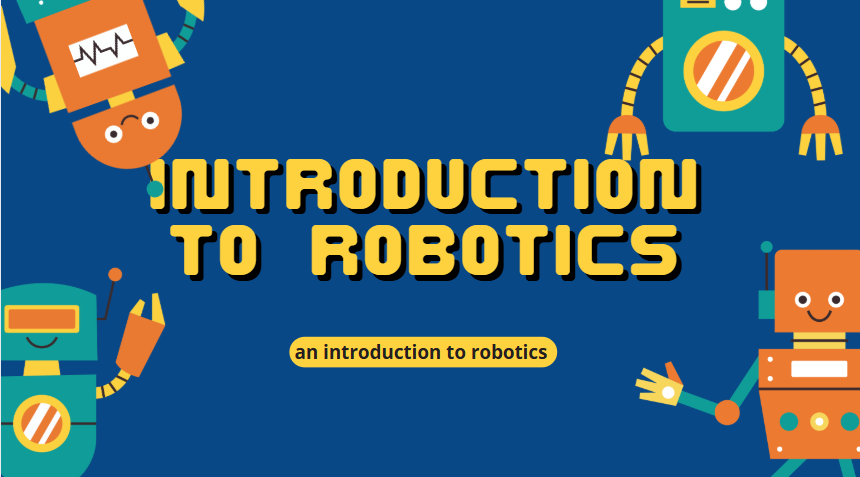Robotics is the branch of technology dealing with the design, construction, operation, and application of robots. Robots are machines capable of carrying out complex actions automatically. With advances in AI, robotics is now intertwined with machine learning to create more adaptive systems used in healthcare, manufacturing, and even household chores.
For this video summary:
Summary
In this introductory lesson on robotics, Paul McWhorter outlines the necessity of learning robotics in a rapidly changing job landscape dominated by automation and robotics. He emphasizes that traditional jobs, previously filled by humans, are increasingly being replaced by robots capable of performing better, faster, and more efficiently. He shares his extensive background in high-tech industries, illustrating his perspective on the advantages of robots over human workers in various aspects, such as reliability, consistency, and cost-effectiveness. The ten points listed outline why employers would prefer robots—these include factors like punctuality, lack of breaks, absence of complaints, no risk of theft, and no sick days. McWhorter aims to equip viewers with the ability to adapt and thrive in this new environment by mastering robotics. The series will start from the very basics, supposed for complete beginners, using the Elegoo Smart Car 3.0 as the primary learning tool. He also encourages viewers to first familiarize themselves with Arduino through his previous tutorials to build a strong foundational understanding. As the series progresses, learners will engage in building, programming, and eventually implementing more advanced robotic functionalities.
Highlights
☕ Robots are Replacing Jobs: The employment landscape is changing as robots take over traditional jobs.
👨🔧 Ten Advantages of Robots: McWhorter lists ten compelling reasons why robots are preferred over humans by employers.
📚 Foundation in Arduino: Prior knowledge of Arduino is recommended to prepare for the robotics series.
🚗 Elegoo Smart Car 3.0: The series will focus on teaching robotics through building and programming this specific robot model.
🎓 Structured Learning Path: The course structure is designed to cater to absolute beginners, promoting gradual skill development.
🔍 Automation’s Impact: The lesson discusses how automation will impact job security and what the future workforce needs to adapt.
📅 Interactive Learning: The course promises hands-on building and programming experiences using up-to-date video technology for clarity.
Key Insights
🤖 Automation Trends: The rise of robots indicates a significant shift in job markets. Workers will need to adapt by acquiring technical skills related to robotics and automation to avoid being left behind.
📈 Employers’ Preferences: McWhorter’s observations reflect a broader trend in which employers favor mechanical efficiency over human labor due to economic pressures, underscoring the crucial need for today’s workforce to harness technology.
🔄 Continuous Learning: The emphasis on continuing education, particularly in technical fields, is vital in ensuring job security in an era dominated by automation. Acquiring robotics skills will be beneficial for future career prospects.
🔧 Problem-Solving Skills: Knowledge of robotics not only prepares individuals for jobs in that field but also develops critical thinking and problem-solving abilities that are applicable in broader contexts.
📊 Industry Experience: McWhorter’s background lends authority to his teachings and highlights the importance of learning from industry professionals who have firsthand experience with the practical aspects of technology and automation.
🎒 Youth Engagement: Targeting younger audiences to learn robotics is strategic, as early exposure to these skills can shape their career trajectories and adaptability in future job markets.
🎥 Multimedia Learning: The use of advanced video technology for teaching robotics signifies a modern approach to education, making the learning process easier and more engaging through visual aids.
The video offers an insightful look into the changing landscape of employment and the essential skills needed for a successful future, stressing that preparing for robotics is no longer just an option but a requirement.
Reference:
Britannica. (n.d.). Robotics. https://www.britannica.com/technology/robotics



